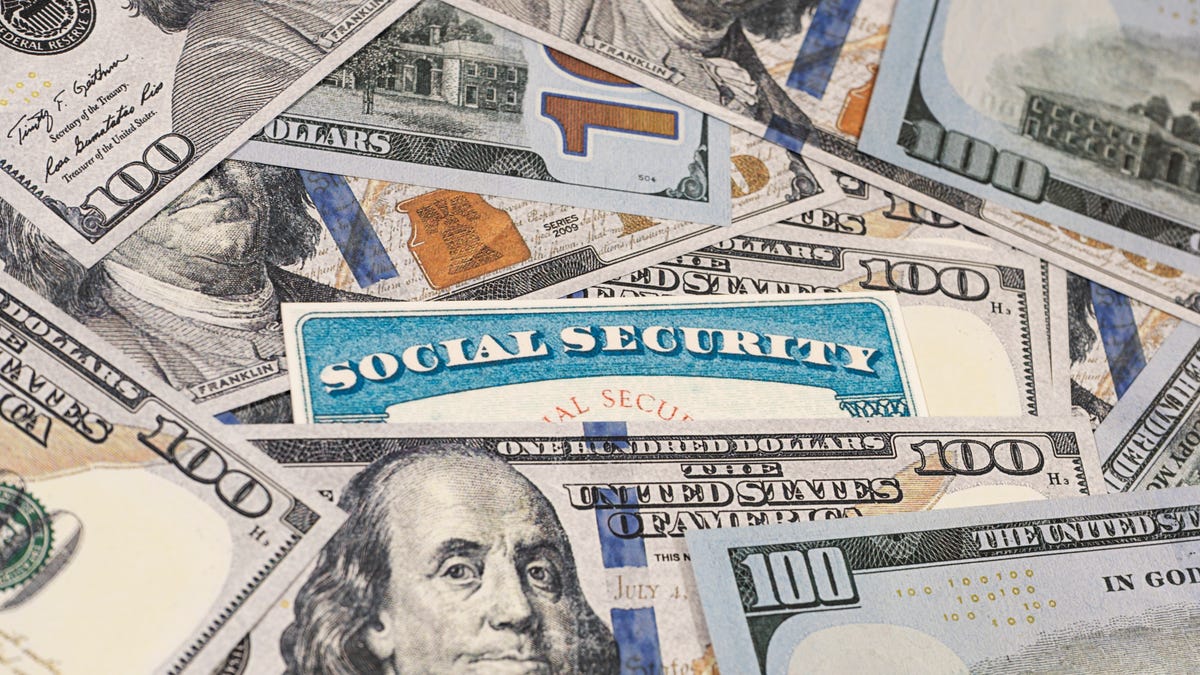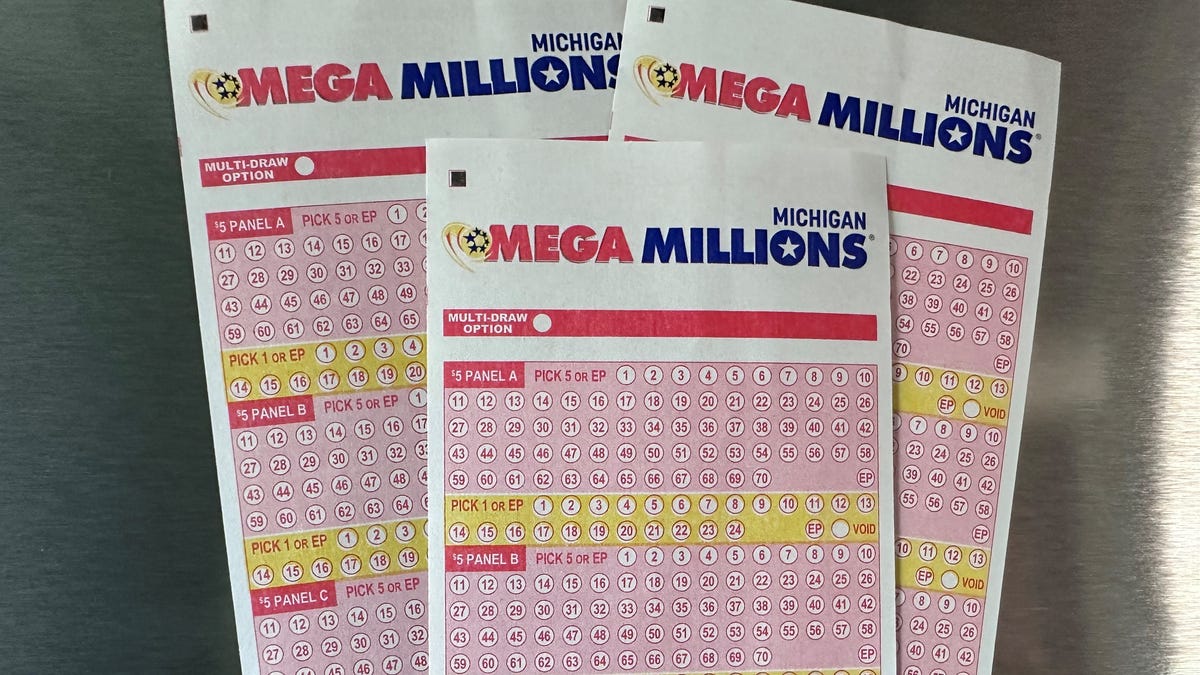
Student borrowers could see credit scores drop for late loan payments
Nearly 9.7 million student loan borrowers will see drops in credit scores, according to the Federal Reserve.
Straight Arrow News
Perfect credit, or even really good credit, opens doors for American consumers: Better interest rates on loans. Better odds of renting an apartment or landing a job. Lower insurance premiums.
But how do you get there? All sorts of things can ding your credit score, from missed utility payments to maxed-out credit cards to errors on a credit report.
Just 1.5% of American consumers have perfect FICO credit scores, according to Motley Fool. People with perfect credit tend to be older, according to Experian. Many of them live in Minnesota. A few are personal finance columnists.
If you aren’t in that elite club, don’t despair. Plenty of Americans have really good credit. More than 20% of consumers have credit scores of 800 or better out of a possible 850, Experian reports. Roughly half of us have credit scores of 740 or better. Even the low end of that range is considered very good.
“I don’t want the perfect to be the enemy of the good,” said Sara Rathner, credit cards expert at NerdWallet. “If your credit score is high-700s and up, and you’re applying for loans, you’re in really good shape.”
Here are five expert tips for improving your credit score. A few might surprise you.
Pay your bills on time
The biggest component of your credit score, 35%, is “payment history.” Anyone who’s thinking of lending you money wants to know, quite simply, whether you pay your bills on time.
That means “not missing any of your payments, especially more than 30 days,” Rathner said. “All of the hard work you’ve been doing can be undone with one missed payment.”
Credit cards, mortgages, rent, utilities: Just about anything can show up on a credit report as delinquent, if the creditor takes the time to report it.
“And especially if you’re shooting for perfect credit, you’ll want a perfect track record,” said Joel O’Leary, personal finance writer at Motley Fool Money.
If you miss a payment, the lapse won’t necessarily wind up on your credit report. There are grace periods. If you usually pay on time, the creditor might not report one missed payment. Correct the oversight quickly, and the credit universe might never know.
Don’t use too much credit
The second-largest factor in a credit report, accounting for 30%, is “amounts owed.” That metric refers to credit utilization: how much of your available credit you actually use.
Credit utilization is tricky. The goal is to use as little of your available credit as possible. Having a higher credit limit – and more credit cards — can help keep your utilization rate low, provided you wield credit carefully.
“And I think the best practice here is to try to keep your utilization under 30%,” O’Leary said. “But I think the sweet spot is 10%, or even less than 10%.”
The obvious advice here: Pay off your credit cards every month.
Yet, it is possible to ding your credit score with a high credit card balance, even if you pay it off every month.
Suppose you put a $1,000 plane ticket on a credit card with a $1,500 limit, and you pay it off 30 days later. During those 30 days, your card issuer reports that you are using two-thirds of your available credit. Your credit score goes down.
To avoid that scenario, pay down your credit cards more often than once a month, especially if you are using a lot of your available credit.
“If you pay a credit card down once a week,” O’Leary said, “it will keep your utilization lower.”
Build a credit history
There is more to credit utilization than meets the eye.
Let’s say you have five or six credit cards that you seldom use. You pick two or three of the accounts with zero balances and close them.
Suddenly, you have a lot less available credit. Your credit score drifts down.
It’s smart to keep old, zero-balance credit card accounts open, experts say, especially if they carry no annual fee. Keeping them active will boost your available credit, while also documenting your credit history.
“It shows that you’ve had credit for a long time, and that you’ve been responsible with it,” O’Leary said.
Length of credit history accounts for 15% of a credit score. That metric is all about time: How long your various credit accounts have been open, the average age of your accounts, and how often you use them.
If you have a little-used credit card and want to keep it active, here’s a pro tip, courtesy of Courtney Alev, a consumer financial advocate at Intuit Credit Karma:
Put a recurring transaction on the unused card, such as a streaming payment, using auto-pay. Then, put the credit card itself on auto-pay, so the balance goes away each month.
Monitor your credit report
Nearly half of all credit reports may contain errors, according to research by the consumer groups Consumer Reports and WorkMoney. Some of those errors can lower your credit score.
Consumers should review their credit reports at least once a year, the experts suggest. You can access your reports at no cost on the website AnnualCreditReport.com.
If you find an error, report it. You can report errors on any of the three credit bureau websites. If the error is on a specific account, you can also contact the company directly.
Also consider monitoring your credit and getting alerts when your report changes. Some banks offer free credit monitoring. Experian and Credit Karma offer superior credit monitoring services, according to Investopedia.
“Make sure you are monitoring your credit regularly,” said Alev of Credit Karma. “So many people don’t think about their credit score until it’s time to apply for an apartment, or apply for a loan.”
Beware of “hard” credit inquiries
Any time you apply for new credit and the creditor pulls your file, it can affect your credit score. These are called “hard inquiries,” and they can influence your score for 12 months, according to Experian.
You’ll typically incur a hard inquiry if you apply for a credit card, auto loan or mortgage, among other scenarios.
“And while one or two isn’t a big deal, if you apply for too many in a short period,” it’s a red flag, said O’Leary of Motley Fool.
“New credit” accounts for 10% of a credit score.
The takeaway: If you are about to apply for a mortgage or car loan, then “it might not be a good idea to apply for a whole bunch of credit cards” right now, Rathner said.








